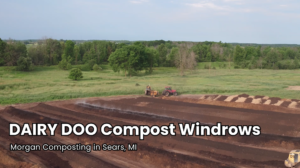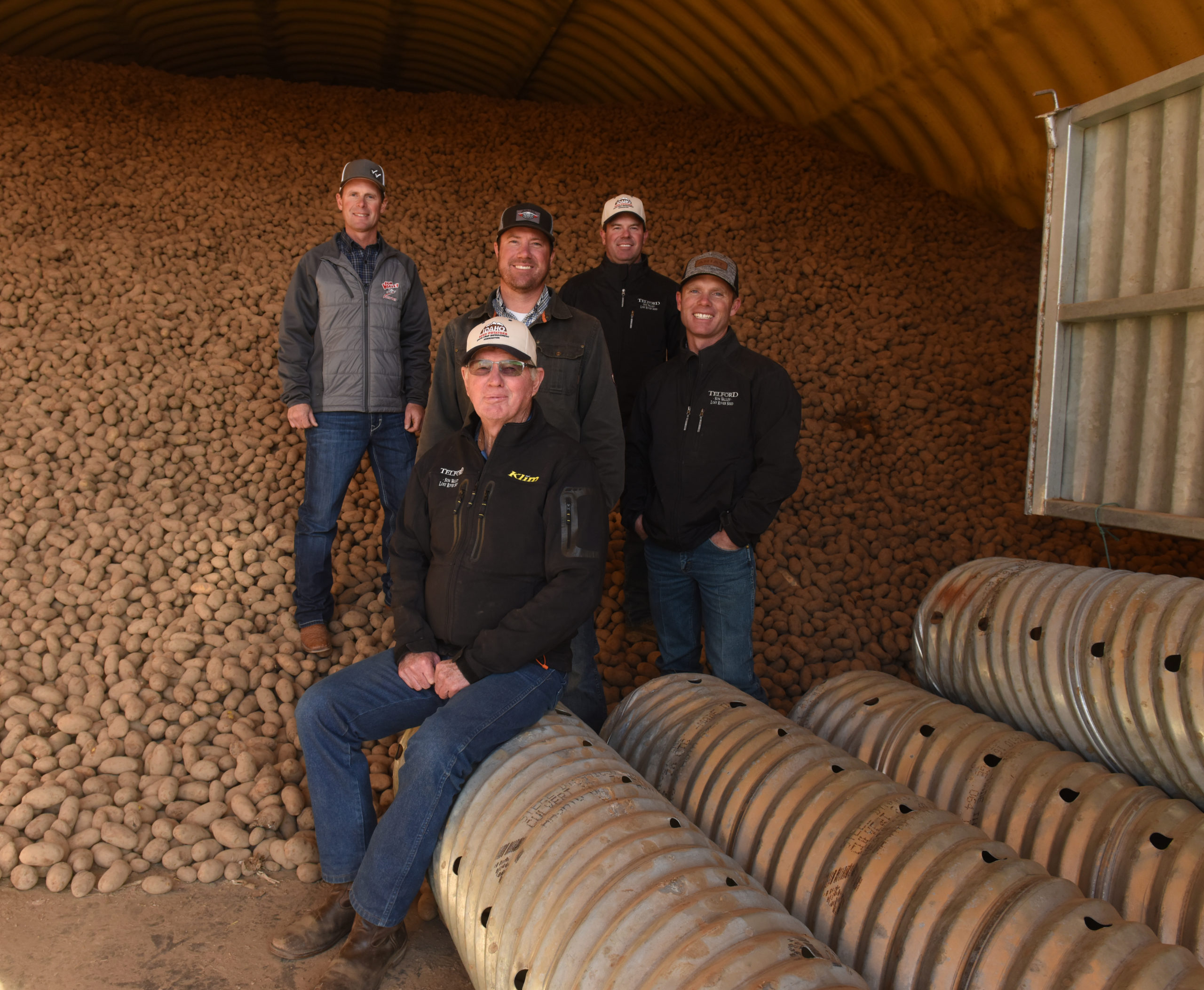
2024 state seed reports find variation in 13 states
2024 brought a range of weather conditions and popular varieties to potato growers throughout the country.
Some states saw an increase in certified acreage, while others experienced drops. In many instances, postharvest testing is ongoing.
 CALIFORNIA
CALIFORNIA
California has four major commercial potato production regions. The Klamath/Tulelake Basin in Siskiyou and Modoc counties is mostly for fresh, processing and seed potatoes. Kern and Los Angeles Counties are mostly for fresh, chipping and seed potatoes. The Delta Region in San Joaquin County is mostly for seed potatoes and the desert and valleys of Imperial, Riverside and San Diego Counties are for fresh potatoes.
Read the full report.
COLORADO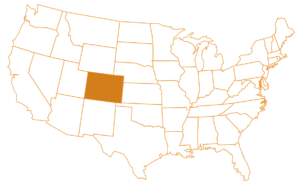
This growing season had a mix of a cool spring, a warm July and a very rainy August. Fortunately, the rainfall turned into sunny days in time for harvest. Certified seed growers began killing vines in late July and continued through early to mid-August, limiting potential spread of virus by late-season aphid flights.
Read the full report.
 IDAHO
IDAHO
Seed potato acreage eligible for final certification totaled 32,140 acres this year, a decrease of 6% from the previous season. Not including proprietary genetics, this acreage represents a total of 114 varieties, selections and advanced clones.
Read the full report.
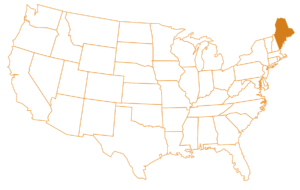 MAINE
MAINE
The 2024 growing season had a balance of warm, sunny weather and occasional, necessary rainfall. Seed acreage remained approximately the same from last year to this year. As of Aug. 30, the certification program had 9,060 acres field certified from 69 farms.
Read the full report.
 MICHIGAN
MICHIGAN
In 2024, the seed potato growers of Michigan planted 2,534 acres accepted as certified seed, a 91-acre decrease from 2023 as some growers restructure.
Varieties grown in upper Michigan continue to favor chips with 80% of the certified crop, including 523 acres of the popular Manistee and 237 acres of the newer PVY-resistant Mackinaw.
Read the full report.
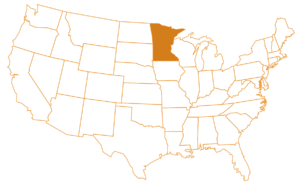 MINNESOTA
MINNESOTA
Certified seed potato growers in Minnesota applied to certify 7,061 acres for the 2024 crop year, an increase from 6,827 acres in the 2023 crop year. In total, 5,253 acres were certified when subtracting 326 acres withdrawn from flooding, eight experimental acres and 1,474 acres rejected for severe mosaic, varietal mix, vine killed prior to third inspection and not meeting eligibility.
Read the full report.
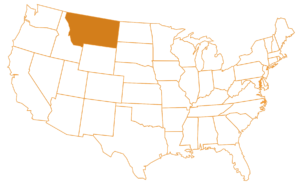 MONTANA
MONTANA
The 2024 crop was planted on time with good planting conditions in May, but got off to a slow start with a cool June. July was hot, but temperatures moderated in August and crop growth was very good.
Read the full report.
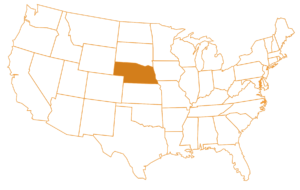 NEBRASKA
NEBRASKA
Acres entered for seed certification in Nebraska for the 2024 crop totaled 8,167. This was a 1.75% increase over the 2023 crop of 8,026 acres. Some much-needed moisture in the spring delayed some planting, but all crops got in the ground in decent time.
Read the full report.
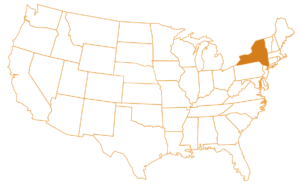 NEW YORK
NEW YORK
Certified seed potato acres in New York State for 2024 totaled 791 acres inspected. The Lamoka, Snowden and Waneta varieties represented the largest acreages in the state, with 239, 110 and 91 acres inspected, respectively.
Read the full report.
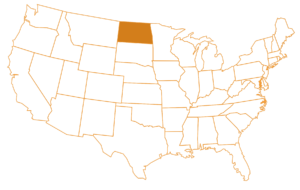 NORTH DAKOTA
NORTH DAKOTA
In North Dakota, the growing season experienced fluctuations in precipitation and temperature. Throughout most of the spring and summer, precipitation levels were higher than average and temperatures were cool.
Read the full report.
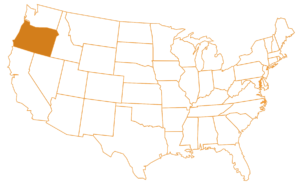 OREGON
OREGON
Oregon Seed Certification Service (OSCS) certified 3,364 acres of seed potatoes, continuing a trend of a slight increase in acres for the last six years. The service was able to accept all lots and had no rejections for 2024.
Read the full report.
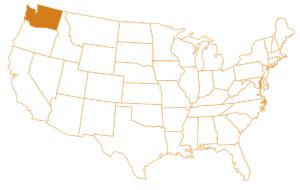 WASHINGTON
WASHINGTON
A total of 3,123 acres of seed potatoes entered certification during the 2024 growing season. This is a 197-acre decrease from last year. Top varieties grown included Ciklamen (348 acres), Russet Burbank (242 acres), Chieftain (241 acres) and other proprietary varieties.
Read the full report.
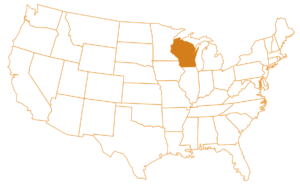 WISCONSIN
WISCONSIN
Wisconsin seed potato growers entered 9,688 acres for certification during the 2024 growing season, a decrease of 60 acres from 2023 but still the second-largest acreage entered in several years.
Read the full report.









